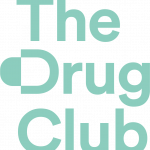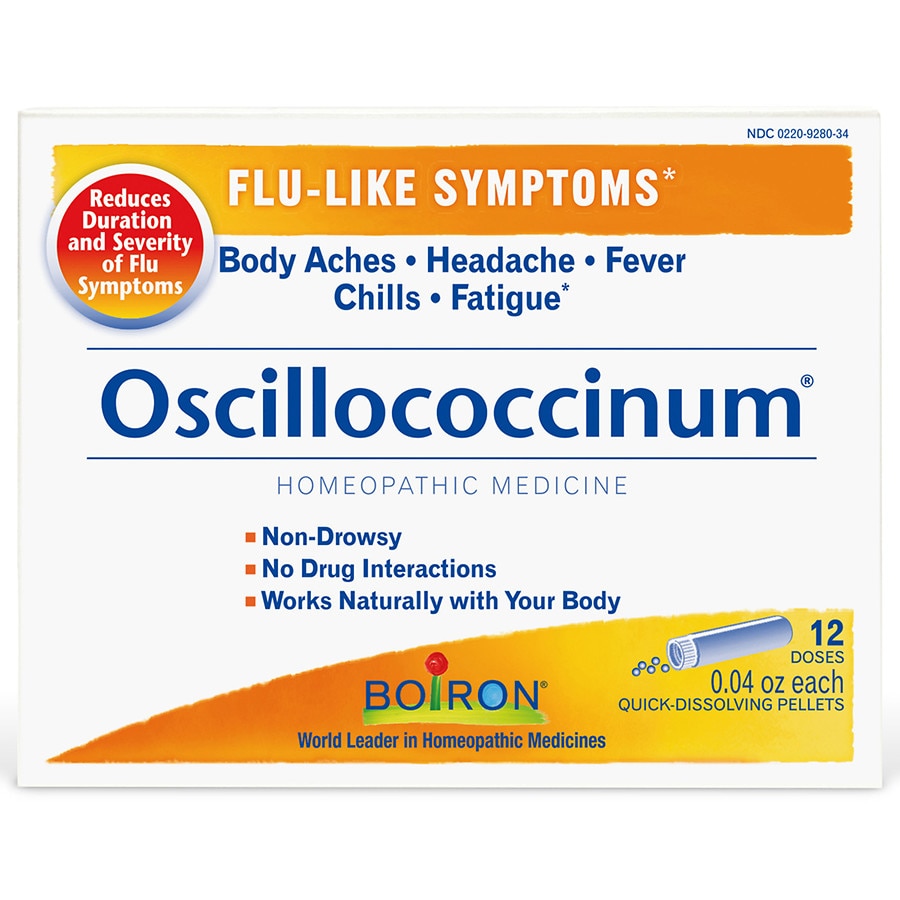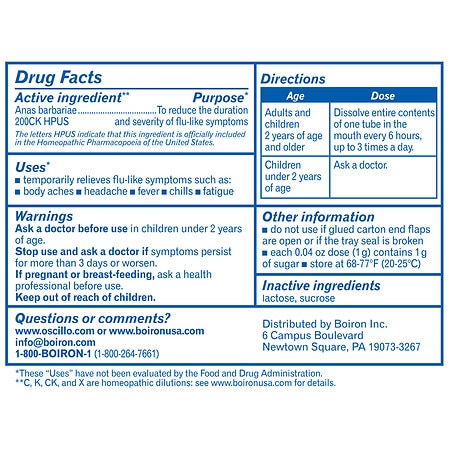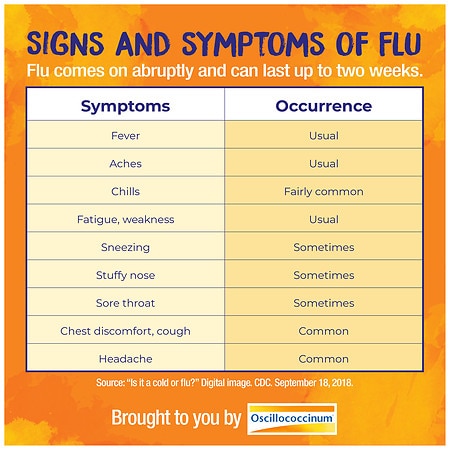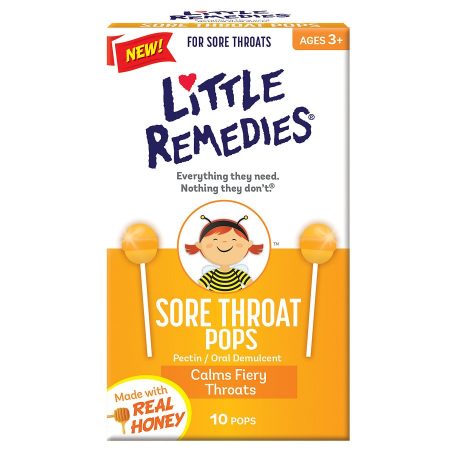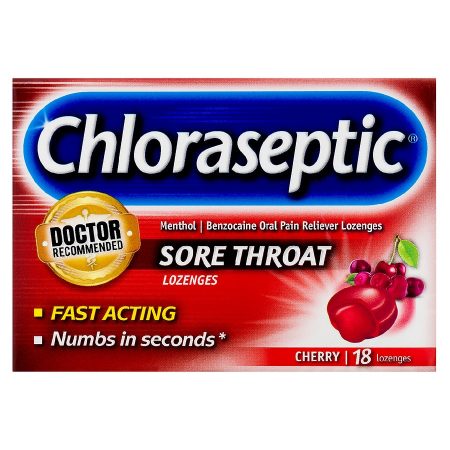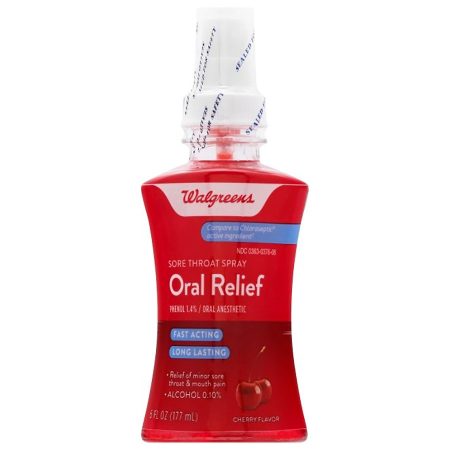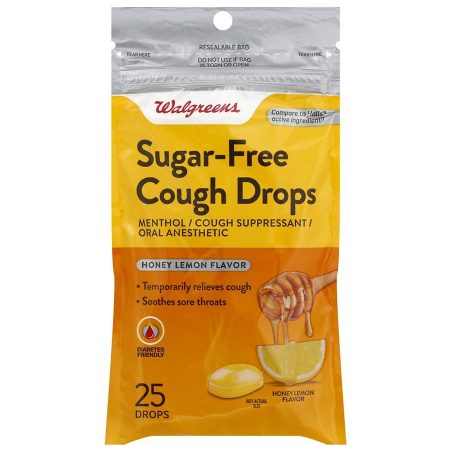Description
- Temporarily relieves body aches & chills
- For headache, fever & fatigue
- Non-drowsy
- Homeopathic multi-symptom flu medicine.
- Works best when taken at the first sign of symptom. The latest study published in a British scientific journal found that when patients took Oscillococcinum within 24 hours of the onset of symptoms nearly 63 percent showed clear improvement or complete resolution within 48 hours.1
- Used in more than 50 countries, including France for more than 50 years and where it is currently the overall best-selling flu medicine.
- Non-drowsy, non-habit forming.
- No interaction with other medications or supplements.
- Available over the counter in boxes of 6, 12 or 30 doses.
The moment you feel achy or rundown, nip flu-like symptoms in the bud with Boiron Oscillococcinum. Clinical studies show that Oscillococcinum reduces the duration and severity of flu symptoms such as body aches, headache, fever, chills and fatigue.* 1-2 Easy to take, the slightly sweet pellets dissolve under the tongue and are recommended for everyone ages 2 and up. This homeopathic flu medicine is used in more than 50 countries, including France for more than 50 years and where it is currently the overall best-selling flu medicine. It’s non-drowsy and does not interact with other medications or supplements. It won’t mask symptoms of a more serious condition. Oscillococcinum is available over the counter in boxes of 6, 12, or 30 doses. Boiron also offers its ColdCalm line, Chestal cough syrup line, ThroatCalm and Sinusalia. (Oscillo.com) *These Uses have not been evaluated by the Food and Drug Administration. 1. Papp R, Schuback G, Beck E, et al. Oscillococcinum(R) in patients with influenza-like syndromes: a placebo-controlled double-blind evaluation. British Homoeopathic Journal. 1998;87(2):69-76. doi:10.1038/sj.bhj.5800208. 2. Ferley JP, Zmirou D, D’Adhemar D, Balducci F. A controlled evaluation of a homoeopathic preparation in the treatment of influenza-like syndromes. British Journal of Clinical Pharmacology. 1989;27(3):329-335. doi:10.1111/j.1365-2125.1989.tb05373.x.

 LOGIN
LOGIN